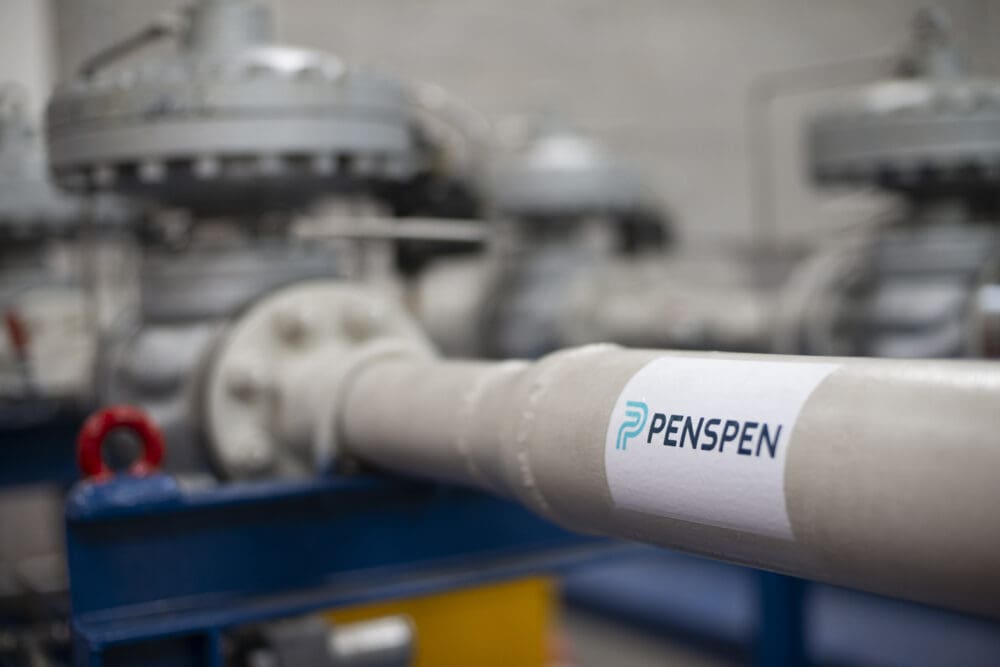Without the correct tools to manage transport aviation fuels, nearly all aircraft would be inoperable. As stringent as they may be in their requirements, aviation fuels serve as the backbone for powering aircraft, and play a large role in our transportation economy. The CLH Pipeline System, formerly known as the Government Pipelines & Storage Systems (GPSS) in the UK, serves as a great example of both the challenges and benefits of managing an aviation pipeline system.
Utilising Aviation Fuels
Aviation fuel differs from other typical fuel resources – a blend is usually incorporated to enhance or maintain properties important to fuel performance and handling. But it’s important to remember what utilising aviation fuels within a pipeline network might entail:
- Cathodic Protection – cathodic protection is one of the major integrity management methods used to mitigate the level of corrosion within pipeline networks. Proper management and maintenance of cathodic protection along with other corrosion protection methods such as protective coatings is important to ensure robust integrity of the pipeline network established to transport fuel.
- Safety Precautions – the safety of alternative aviation fuels always should be considered. Engineers and operators should be confident that any fuels used for aviation require thorough approval using internationally recognized standards such as ASTM, and the supply of the fuel adheres to the internationally accepted standards of quality control.
- Alternative fuels – airlines should be recognized for the use of the fuel and a practical system to account for their consumption need to be set up. In most airports, alternative fuels will be delivered through the same supply infrastructure as conventional jet fuel and will be mixed with it in airports’ fuel farms.
About the CLH Pipeline System
The CLH Pipeline System is a UK-based pipeline network that at a certain point consisted of over 2,500km of pipelines leading to 46 other facilities. The early 1940s saw a bigger import of fuel, and the country needed a system that would be able to transport the sudden influx of aviation fuel.
Storage facilities for fuel were located in Avonmouth, Southampton, and the Humber area, with multiple pipelines connected to supply airports like Heathrow. However, this pipeline system required a substantial amount of maintenance to ensure there weren’t any potential leaks or damage impacting the operational ability of the pipeline assets.
References:
AIM Magazine – https://analyticsindiamag.com/how-airlines-use-ai-to-streamline-operations-save-fuel/
Historic UK – https://www.historic-uk.com/HistoryUK/HistoryofBritain/The-Government-Pipelines-Storage-System-GPSS/
JSI – https://aircraftmaintenancestands.com/blog/types-of-corrosion-in-aircraft/
Want to learn more about Aviation Management?
"*" indicates required fields






